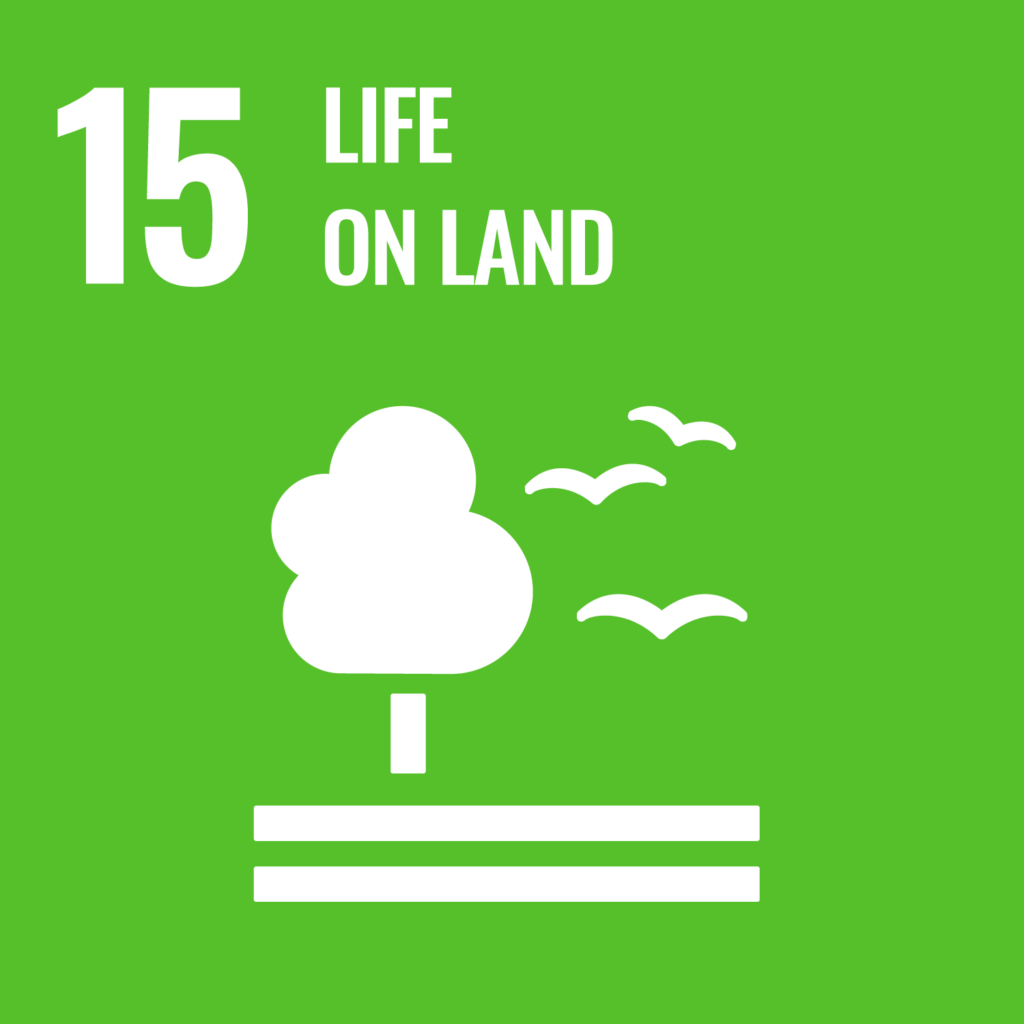Reporters: Asst.Prof.Dr. Prapot Maliwan
Assoc.Prof.Dr. Pornsil Seephueak
Asst.Prof.Dr. Nion Chirapongsathonkul
Asst.Prof.Dr. Worawitoo Meesook
Evidence Date: during 2024 Jan-Dec
Related Indicators: 15.3.5
Details:
The Faculty of Science and Technology at Rajamangala University of Technology Srivijaya organized two important educational activities in collaboration with Thung Song Municipality schools. These activities aimed to promote awareness of biodiversity among students and encourage them to actively engage in scientific observation. The first activity was held on 10 October 2024 at Thung Song Municipality Sport School. Students were trained to use the iNaturalist application, a citizen science tool that helps record and identify a wide variety of organisms in their surroundings. This training allowed students to understand the importance of documenting biodiversity and how such data can contribute to conservation research. In addition, a birdwatching activity was conducted during the day, introducing students to the diversity of local bird species. Later in the evening, the students joined a night walk for herpetofauna observation, which allowed them to experience reptiles and amphibians in their natural habitats. This combination of activities gave students a hands-on understanding of local biodiversity. The event also built enthusiasm for science while reinforcing ecological awareness.
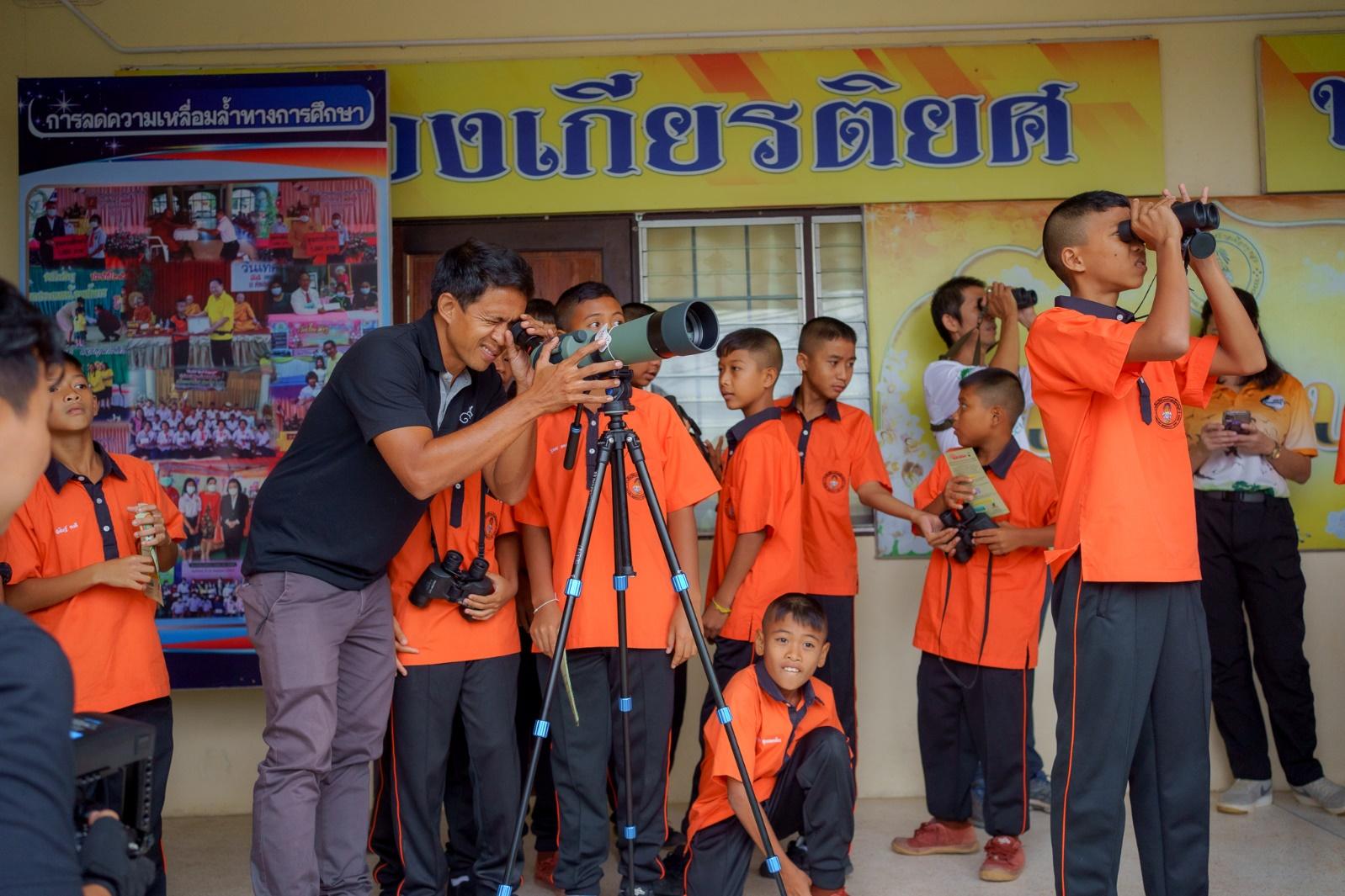
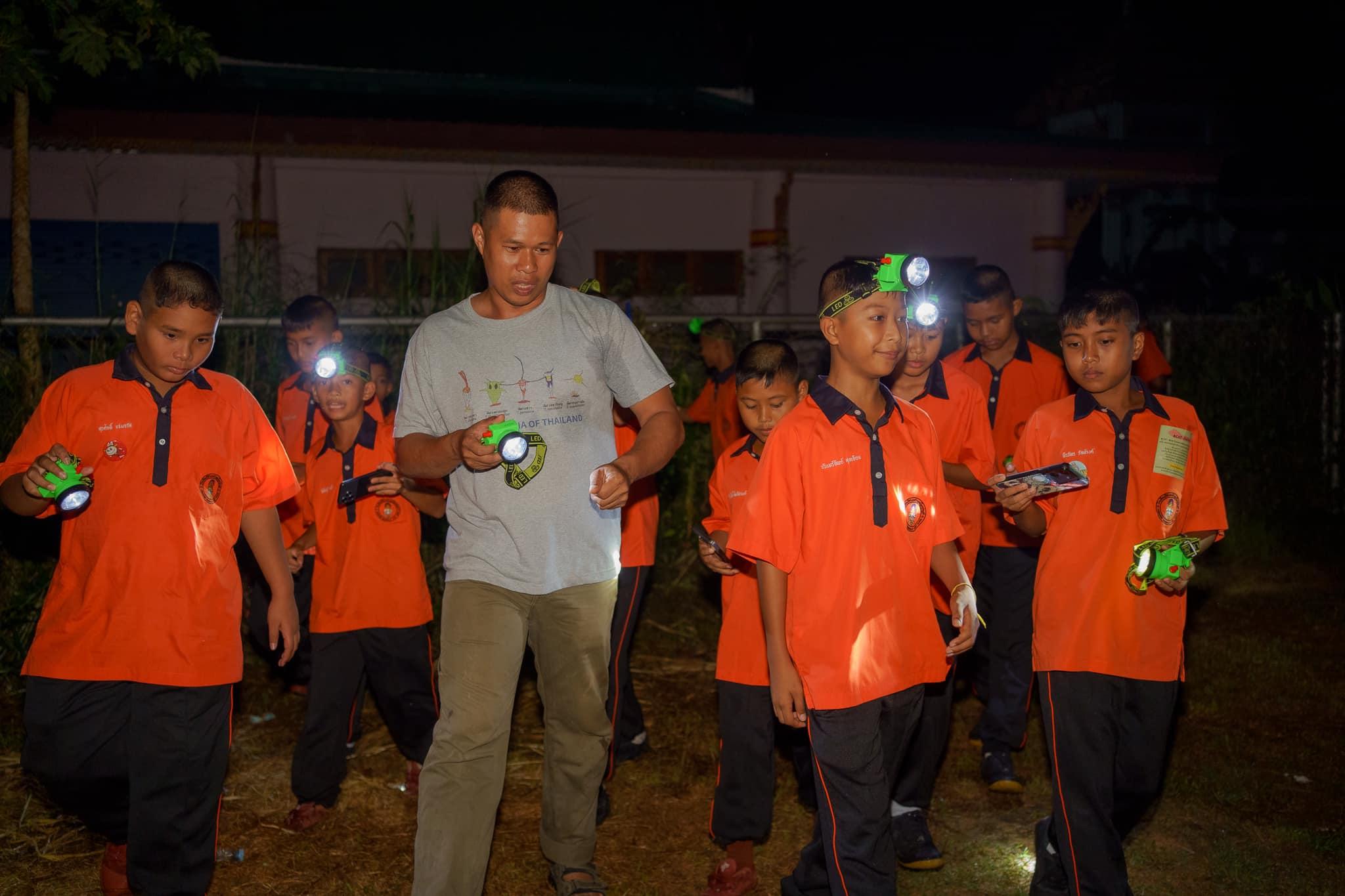
The second activity took place on 20 November 2024 at Thung Song Municipality Wat Thaphae Secondary School. Similar to the first program, it focused on teaching students how to use the iNaturalist application, but with an emphasis on expanding their skills in identifying a wider range of species. Students learned to document plants, insects, birds, reptiles, and amphibians, broadening their appreciation for ecosystem diversity. The birdwatching session introduced them to both common and migratory birds, highlighting the role of birds as bioindicators of environmental health. During the night walk, students observed herpetofauna, such as frogs, geckos, and snakes, learning about their ecological roles as predators and prey. Teachers also emphasized the importance of protecting these species, particularly those that are threatened or restricted to limestone habitats. By participating in these activities, students developed practical scientific skills and improved their understanding of ecological balance. The program encouraged curiosity, patience, and respect for nature. It also gave them the confidence to continue recording biodiversity around their communities using citizen science tools.
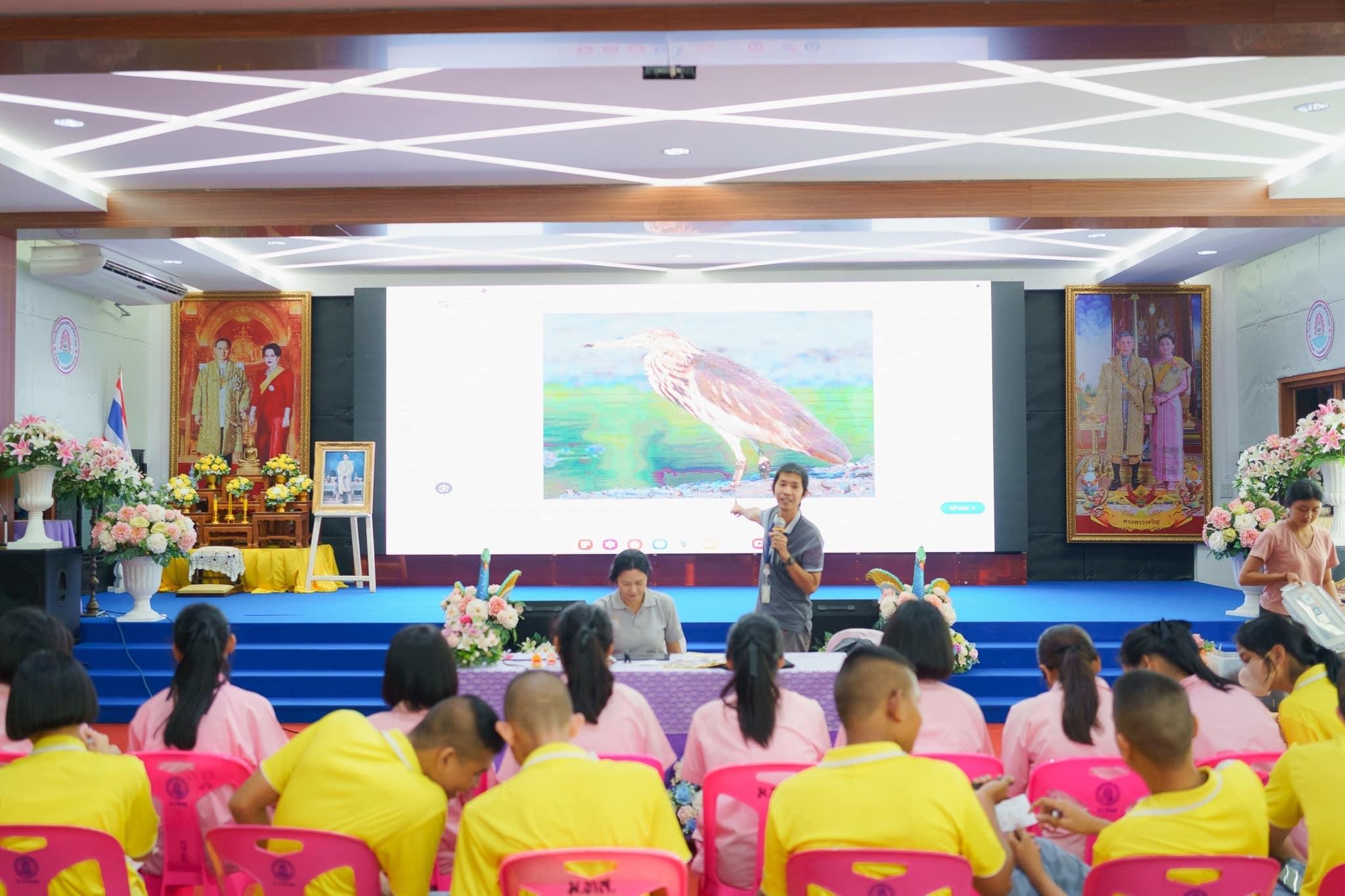
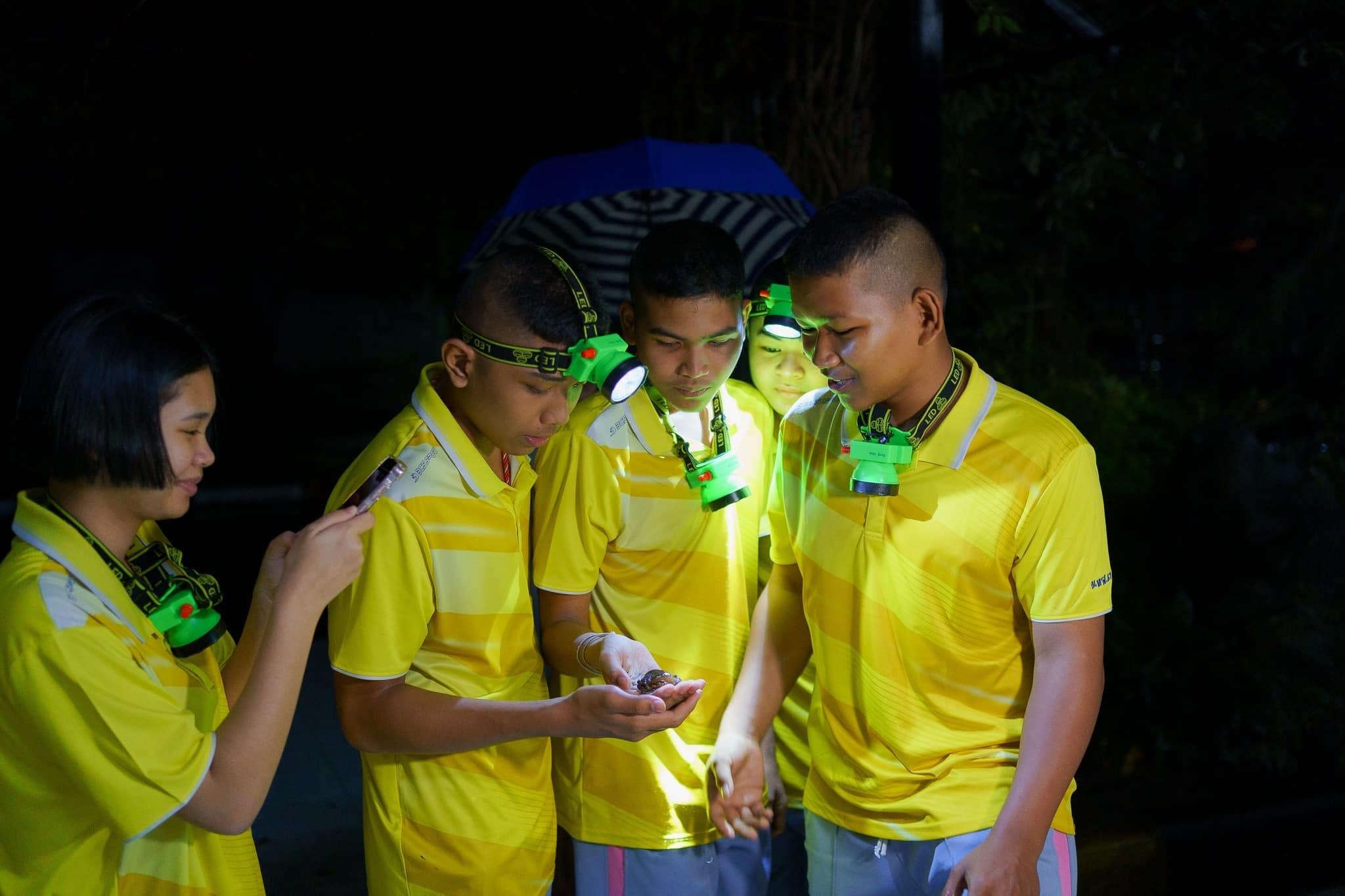
Together, the two activities demonstrated the value of outreach and education in building conservation awareness among young people. Students not only learned scientific observation techniques but also developed a deeper connection with their environment. By integrating modern tools like iNaturalist with field-based activities such as birdwatching and herpetofauna surveys, the program combined technology and nature education in an effective way. These activities also highlighted the importance of schools as centers for biodiversity awareness, capable of fostering future generations of conservation-minded citizens. The collaboration between the university and Thung Song Municipality schools ensured that local knowledge and global tools were combined for greater impact. In addition, the program provided teachers with strategies to continue incorporating biodiversity topics into their lessons. The activities created a sense of pride and responsibility in students toward their natural surroundings. Such initiatives also help strengthen long-term conservation goals by linking education, research, and community participation. Ultimately, the project proved that engaging youth in biodiversity learning is a powerful step toward sustainable environmental stewardship.
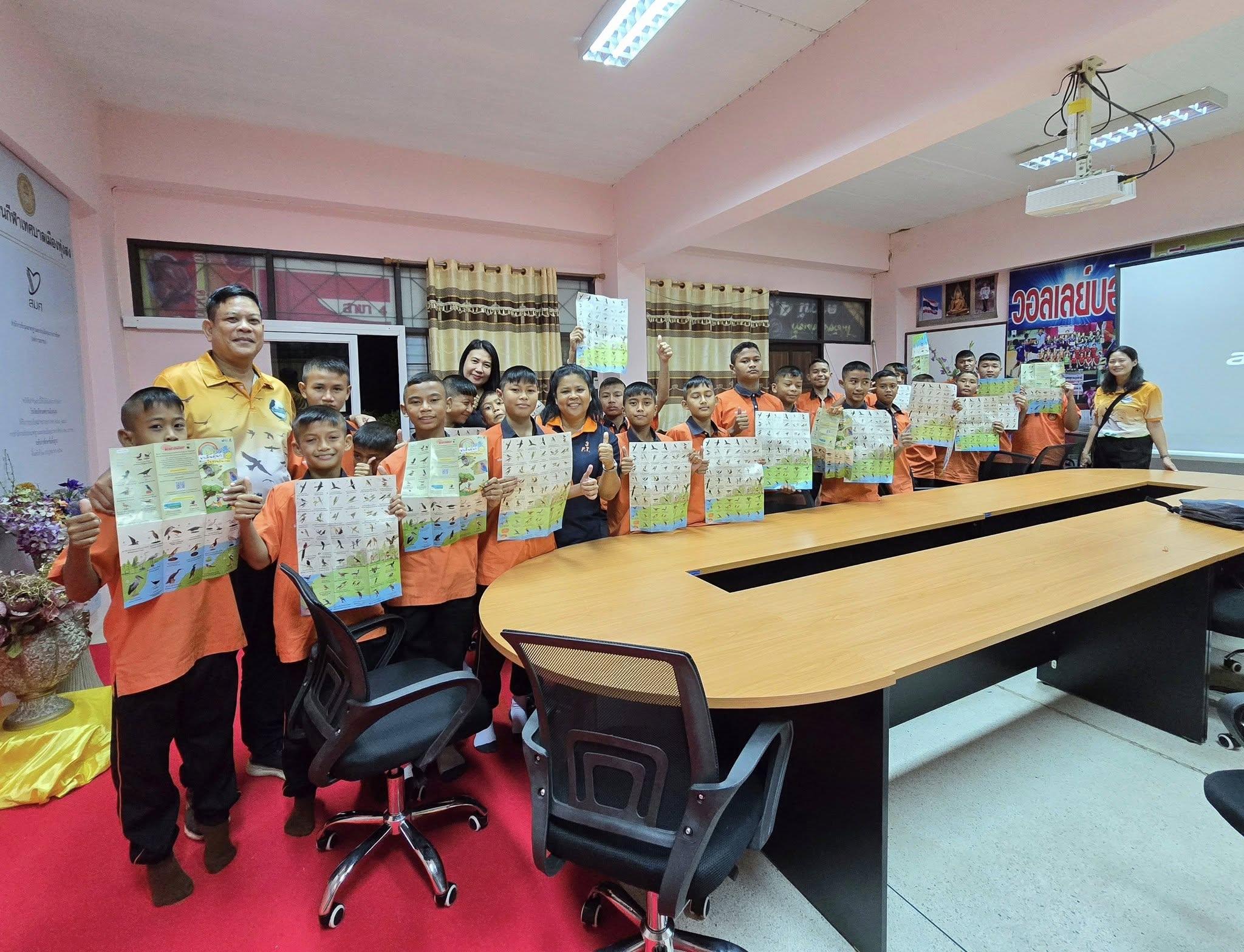
Related Links:

